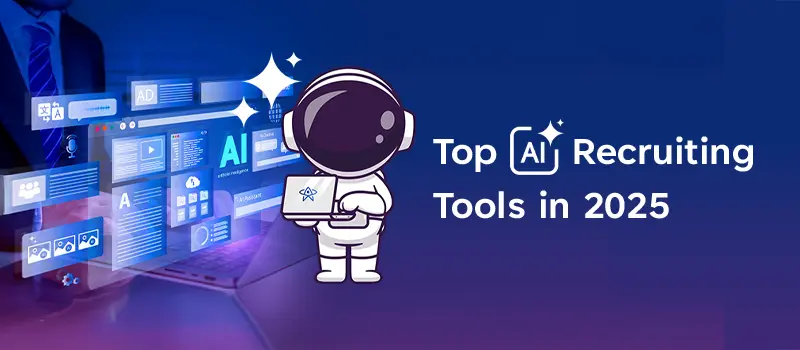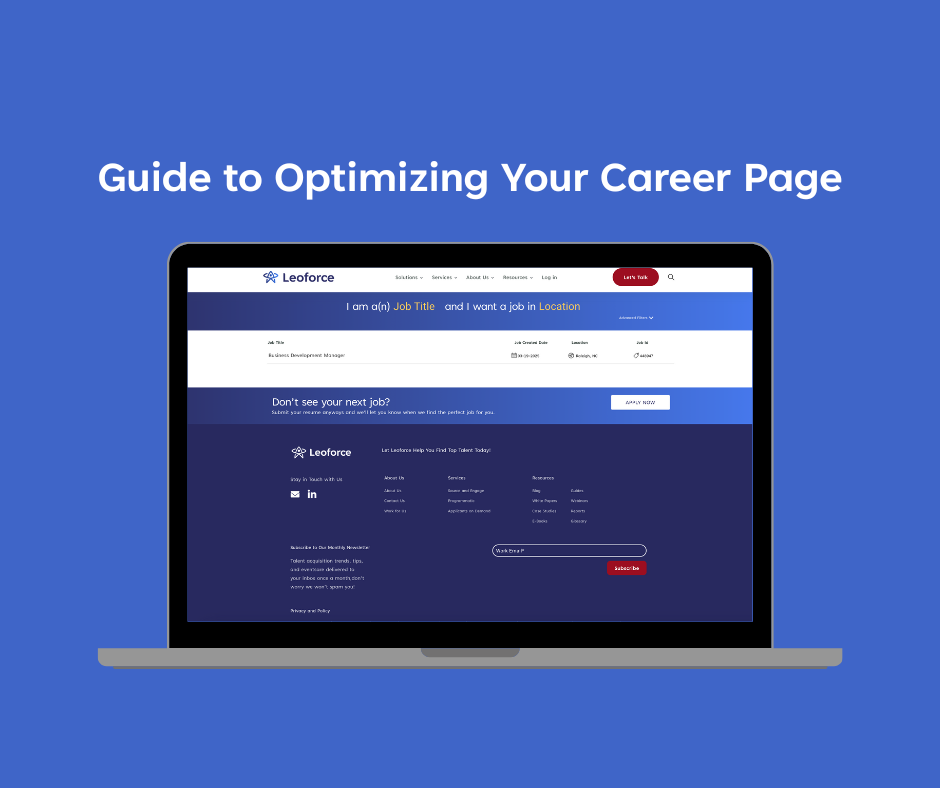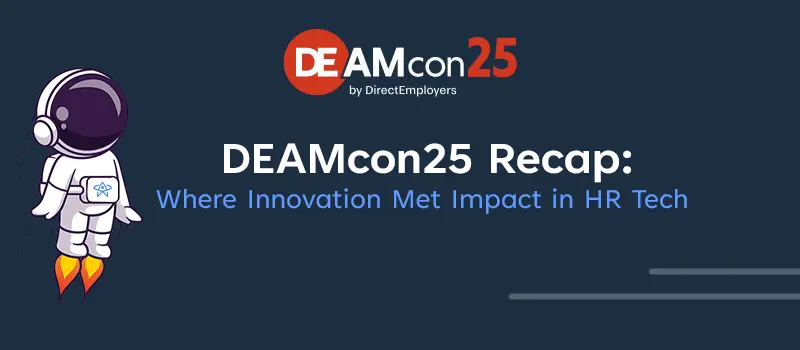Big Data in Surprising Places

In a world full of rapid technological advances, “big data” has become quite a buzzword in the technology field. But big data is too complex for most industries—it’s only used by those high-tech companies in Silicon Valley, right? Not quite. Here are four unexpected places that you’ll find big data analytics.
Farms
What could big data possibly have to do with farming?
Well-known agriculture companies like John Deere, Monsanto, and DuPont have been exploring big data for the past few years. Old-fashioned farming equipment has been replaced with tractors that drive themselves and are equipped with technology that can do things like track the exact placement of every seed planted. By analyzing the data these high-tech tractors collect, farmers are able to determine everything from which seed variety will be most effective in their climate to where there is a potential for disease outbreak in their crops.
According to the American Farm Bureau Federation, big data analytics in the agriculture industry have reduced input costs by 15 percent and have increased crop yields by 13 percent. In this historically low-margin industry, big data has huge potential for farmers.
The NFL
Sports and data might not seem like a natural duo, but the National Football League thinks that players, teams, and fans alike can benefit from big data analytics. Although the NFL has been crunching numbers for years, the League is demonstrating a renewed commitment to data collection.
The NFL recently announced a partnership with tech firm Zebra that will allow the League to harvest and analyze an increased amount of data. To collect this data, special chips with radio-frequency identification (RFID) transmitters have been installed in players’ shoulder pads and in all 31 NFL arenas. “These location-tracking devices from Zebra Technologies will provide real-time statistics for every movement of every player on every inch of the field in every NFL game this season,” Zebra said in a statement. Information like player speed, acceleration, and distance traveled will be made available to coaches in order to guide their strategies and play calling. Coaches already spend hours watching football film, and NFL officials hope that this added level of analysis will help them in recruiting, game planning, and player training.
There is, of course, also an opportunity for revenue: NFL officials plan to make all of the additional statistics and analysis available to diehard fans—for a fee. “The best fans are the most engaged fans,” said Michael King, director of sports products at Zebra. “[Fans] will pay for subscription plans to get this data.” In other words, Fantasy Football just got taken to the next level.
The White House
The government is infamous for its bureaucratic, outdated processes—but that is starting to change. Under President Obama’s guidance, the federal government has been utilizing big data more than ever before. Dhanurjay Patil is the White House’s first chief data scientist, and since he was hired in February 2015, Patil has been working hard to “responsibly unleash the power of data to benefit America”.
How is Patil achieving this feat? For starters, Patil and his team are collecting medical records and personal health information in order to create precision medicine, which is described as “an innovative approach to disease prevention and treatment that takes into account individual differences in people’s genes, environments, and lifestyles”. They’ve also encouraged data sharing among police precincts in order to help officers make more informed decisions, and they are working on projects in education and housing.
Not only is governmental use of big data improving American lives, it is also making the government more efficient and secure. Patil and his team have helped 60 percent of agencies reduce capital costs and operating expenses while assisting 55 percent of agencies in improving their IT security.
The Music Industry
Ever wonder how platforms like Pandora and Spotify are able to suggest songs that perfectly match your taste in music? The answer is simple: big data.
Spotify, a leader of big data in the music industry, owns over 28 petabytes of data. How big is a petabyte? According to Wes Biggs, chief technology officer of mobile advertising company Adfonic, “one petabyte is enough to store the DNA of the entire population of the US—and then clone them, twice”. What could one company possibly do with all this information? According to Alisa Orlander, VP of Strategic Insights and Research at Universal Music Group (UMG), it enables Spotify and other companies using big data to Learn More about who their customers are and how people engage with, purchase, and consume music. By mining data like listener behavior, social media mentions, ticket sales, and music sales, Spotify is able to put the right tracks in front of the right kids of consumers and record companies have a better idea of which songs will be the next big hit.
In essence, big data means big revenue for the music industry.
The ultimate goals of every business owner are to create a loyal customer base and increase profits. Big data is helping businesses do just that. Be on the lookout for the spread of big data analytics into other industries, and continue educating yourself about big data in HR.





